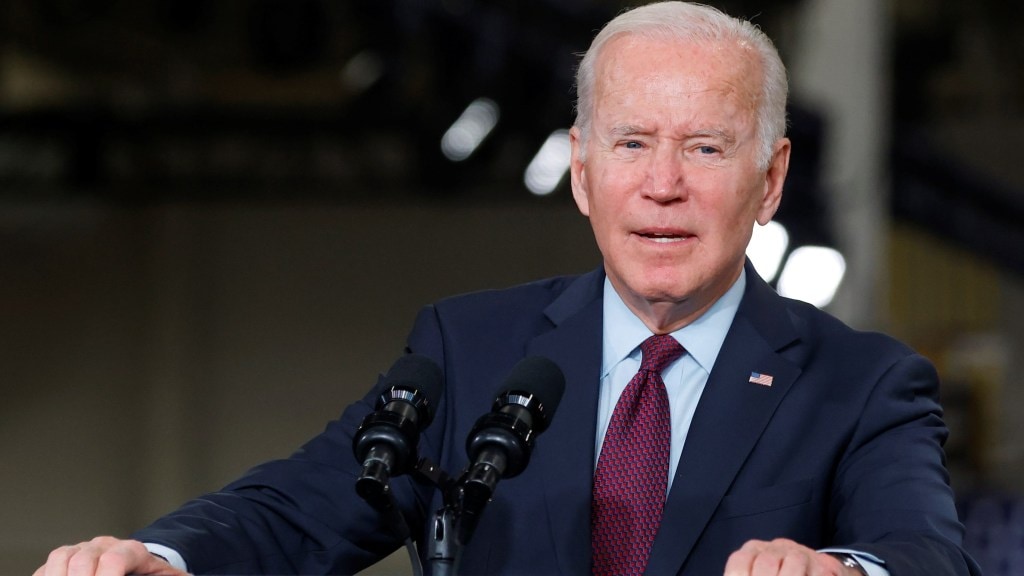By Monish Tourangbam
China’s Tibet policy is coming under more acute scrutiny in the United States and the European Union. New legislative bills have been introduced and new proposals are being pushed to allow the U.S. Department of State and EU officials to more closely inspect Chinese practices on Tibet. A new bill was recently passed at the U.S. House of Representatives introduced by prominent Republican and Democratic lawmakers and soon expected to be signed by President Joe Biden. ‘The Resolve Tibet Act’ calls for enhancing U.S. support for Tibet and “pushing for negotiations without preconditions between the Chinese government and the Dalai Lama or his representatives or the democratically elected leaders of the Tibetan community.” The bill aims at empowering “State Department officials to actively and directly counter disinformation about Tibet from the Chinese government.” Moreover, it aims to help the U.S. officials to coordinate with other like-minded governments and multilateral efforts, and most significantly to reject false claims of Tibet being a part of China since “ancient times”.
Jim McGovern, a Democratic Congressman and Michael T. McCaul, a Republican Congressman who were part of the team pushing the bill, wrote a commentary for the Diplomat ‘US Policy on Tibet Has Lost its Way. We Want to Change That’ arguing, “The United States should support the people of Tibet in pushing for a say in how they are governed. And we should push back on the CCP’s distortion of history rather than abetting it. Our bill does just that.” Whether or not their bill ends up achieving what they claim to, this legislative move has certainly brought the Tibet issue front and centre to the China debate, ahead of the U.S. presidential election this November. This also comes at a time when the two countries are dangerously locked in a new great power rivalry over ‘trade, technology and security.’
America’s role in Tibet is not a new found attention, but has in fact seen ebbs and flows from the early days of the Cold War to the present era of counteracting China’s assertive rise. At the height of the Cold War after China had turned communist and became the People’s Republic of China (PRC) in 1949 and as the PRC occupied Tibet a year later, America’s Central Intelligence Agency (CIA), got active, including the training of Tibetan rebels in the American state of Colorado. These rebels were then parachuted into Tibet by CIA transport planes, taking off from a Pakistani airbase. Bruce Riedel, a former CIA analyst and adviser on South Asia to several American Presidents, in his book JFK’s Forgotten Crisis: Tibet, the CIA and the Sino-Indian War wrote that it was a U.S. Ambassador to India, Loy Henderson, who had secretly urged a young Dalai Lama “to leave Tibet and seek asylum outside the country, thereby keeping alive a Tibetan government in exile.”
Besides the American beltway, China’s Tibet Policy has begun to ring alarm bells among America’s close allies-the EU, New Zealand and Australia, where Tibetan civil society groups and representatives of Tibet’s government in exile have become more active in amplifying their concerns. In April, ahead of the EU elections, the EU parliament had launched a “Europe for Tibet” campaign and exceeded its target to garner more than 100 pledges from candidates to support Tibet in the EU Parliament if elected. More specifically, 115 candidates representing 16 EU member countries had supported the pledge, for defending the fundamental right of the Tibetan people. Despite President Xi Jinping’s high-level outreach to European countries, trade tensions and differences over human rights continue to be areas of concern in China’s engagement with the EU. In an interesting turn of events, besides their annual bilateral dialogue on human rights with China that will take place in Chongqing on June 16, EU officials have asked for a field visit to Tibet and have reportedly provided the names of some specific prisons there that they hoped to visit. According to the EU’s Foreign Affairs spokesperson, the Chinese authorities will be organizing a side visit to Tibet “for a small group of officials from the European External Action Service who follow human rights issues.”
Ahead of the Chinese Premier Li Qiang’s visit to New Zealand this week, the Auckland Tibetan Association had sent a letter to New Zealand’s Prime Minister Christopher Luxon with a request not to remain silent on the Tibet issue, despite the overriding factor of trade ties. In similar tones, earlier in March, the Office of Tibet in Canberra had urged upon Australia’s Foreign Minister Penny Wong before the Chinese Foreign Minister Wang Yi’s visit to Australia, to raise the critical human rights situation in Tibet at the hands of Chinese authorities.
In the new Cold War, Tibet unlike Taiwan or the South China Sea, because of their distinctive historical and contemporary paths, has hardly featured as a geopolitical hotspot in the brewing U.S.-China competition and contestation that has begun to show confrontational streaks, despite the unmistakable economic interdependence. However, as the U.S.-China great power tussle heats up, and contentious issue like Tibet are unearthed from the cold storage of moral activism to the frontline of policy discourse in Washington and other Western capitals, time will tell if the activism of the bipartisan bill and the EU parliamentarians bring about any dramatic change on the Tibet issue.
The author is Director at the Kalinga Institute of Indo-Pacific Studies (KIIPS).
Disclaimer: Views expressed are personal and do not reflect the official position or policy of FinancialExpress.com Reproducing this content without permission is prohibited.

